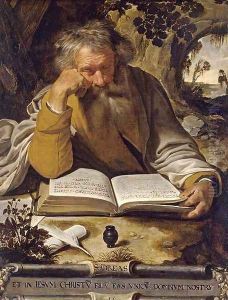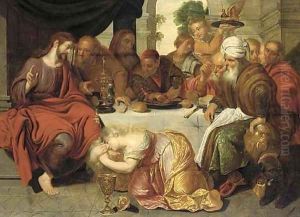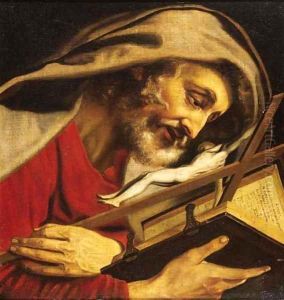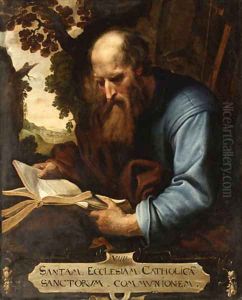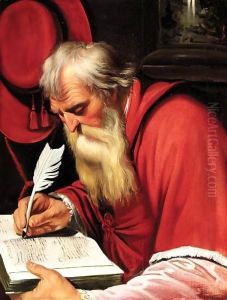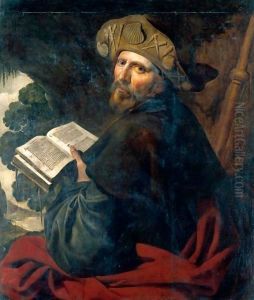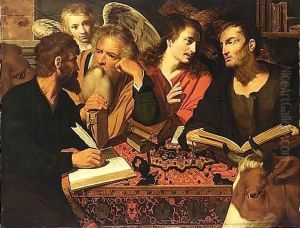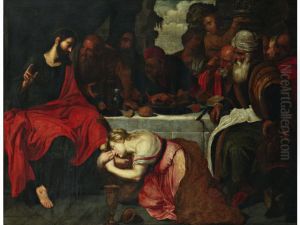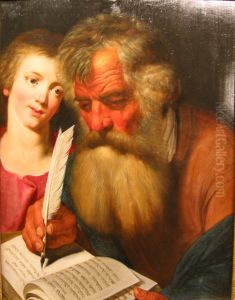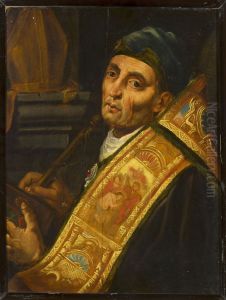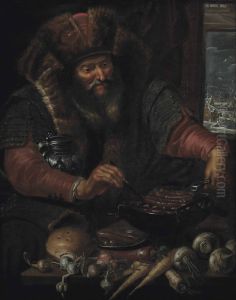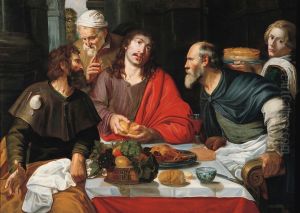Artus Wolffort Paintings
Artus Wolffort, also known as Artus Wolffaert, was a Flemish painter of the Baroque period, born in 1581 in Antwerp, in what is now Belgium. His contribution to art is primarily noted in the realm of religious and historical paintings, though his oeuvre also includes a number of portraits. Wolffort's style is characterized by a rich use of color, meticulous attention to detail, and a keen interest in the interplay of light and shadow, elements that align him with the broader trends of Baroque art in the 17th century.
Wolffort's early life was shaped by the vibrant cultural and artistic milieu of Antwerp, a major center for the arts in the 16th and 17th centuries. He was a pupil of the painter Otto van Veen, who was also the teacher of Peter Paul Rubens, one of the most prominent figures in Baroque art. This connection with van Veen and, indirectly, with Rubens, had a significant influence on Wolffort's artistic development. Despite this illustrious tutelage, Wolffort did not achieve the same level of fame as his contemporary, Rubens, but he did enjoy a successful career, receiving commissions from religious institutions and members of the nobility.
Wolffort's body of work is notable for its religious themes, with many of his paintings depicting scenes from the Bible, the lives of saints, and other religious narratives. These works often reflect the Counter-Reformation's emphasis on religious devotion and the dramatic representation of biblical stories, a movement that was sweeping through Catholic Europe at the time. His historical paintings, meanwhile, demonstrate his skill in creating complex compositions that capture the grandeur and drama of historical events.
Throughout his career, Wolffort remained active in Antwerp, where he was a respected member of the local Guild of St. Luke, the association of painters, sculptors, and other artists. His contributions to the artistic life of the city were significant, and his works can still be seen in various museums and collections in Belgium and beyond. Artus Wolffort passed away in 1641 in Antwerp, leaving behind a legacy that, while not as widely recognized as some of his contemporaries, represents an important facet of the Flemish Baroque tradition.
